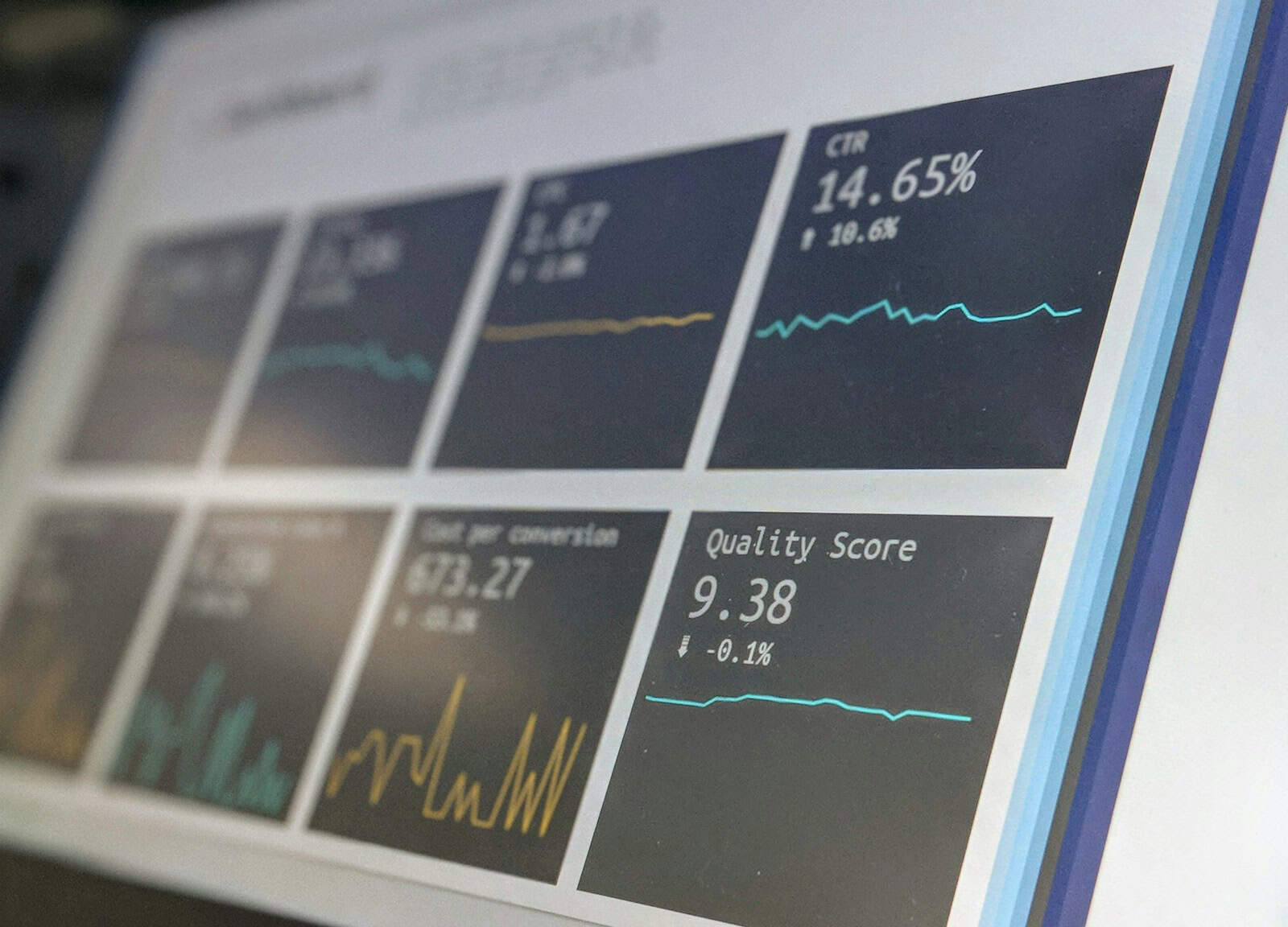Root Cause Analysis techniques are key problem-solving strategies in any industry. I’ve personally applied these strategies many times to identify the root causes of issues with production lines and business processes. You’ll learn which technique to use for your situation. So, here are the top strategies to eliminate problems at the root and make lasting improvements in your company.
Root Cause Analysis: An Overview

The significance of RCA in problem solving and continuous improvement cannot be overstated. Here’s why:
- Prevents recurring problems
- Saves time and resources
- Makes systems more reliable
- Makes systems safer
- Increases overall efficiency
When conducting a thorough RCA, there are some key principles to keep in mind. Always analyze systems and processes, not people. Only make statements based on solid evidence. Involve the right people in the analysis. Be thorough and don’t just stop at the first thing you find.
RCA also has a wide application of use cases across many different industries. Factories use it to reduce defects. Hospitals use it to make patients safer. IT departments use it to make systems more reliable. Even finance departments use it to figure out why the budget is over by millions of dollars.
I can think of one particular time when I used RCA in a car factory. We were dealing with consistent quality issues for a specific model of car. Through detailed analysis, we determined the root cause was a small flaw in how the assembly line was designed. It seemed like a small thing, but correcting this issue led to a massive improvement in overall product quality.
The 5 Whys Technique
The 5 whys technique is credited to Sakichi Toyoda of the Toyota Motor Corporation, where it quickly became a widespread tool for problem solving. It’s my favorite simple analysis because it is so effective. Here’s how I use it:
How To Apply The 5 Whys
- Identify the problem.
- Ask “Why did this happen?”
- If the previous answer isn’t the root cause, ask “Why?” and continue.
- Repeat the process up to five times, or until you land on the root cause.
- Identify countermeasures to fix the root cause.
The 5 Whys technique is incredibly simple and straightforward. It doesn’t require any advanced statistical analysis and you can use it in just a few minutes. However, it does have drawbacks. It can oversimplify a complex problem, or it might encourage linear thinking when the answer truly has multiple causes.
I used the 5 Whys in a manufacturing plant experiencing machine downtime. By starting with “Why are the machines failing?” and asking “Why?” five times, we actually discovered the root cause was operator training. By fixing that (the root cause), we were able to make a significant dent in the total machine downtime.
The most important part of using this technique effectively is to ask the question five times (or less if you land on the root cause). Don’t settle for surface-level answers—keep asking until you have a very deep understanding of the problem.
Fishbone Diagram (Ishikawa Diagram)

The Fishbone Diagram consists of:
| Component | Description |
|---|---|
| Fish head | The main problem or effect |
| Spine | A central line that leads to the fish head |
| Bones | Major potential causes (categories) of the problem |
| Sub-bones | Specific potential causes within each category |
To create a Fishbone Diagram:
- Define the problem and write it at the fish head.
- Draw the spine and major bones (categories).
- Brainstorm potential causes within each bone (category).
- Write these potential causes as sub-bones.
- Step back and analyze the finished product to determine the problem’s root causes.
For effective Fishbone Diagram analysis, assemble a diverse team to fill in the different categories. You can also use standard categories like Man, Machine, Method, Material, Measurement, and Environment to jog ideas. Don’t rush the brainstorming and discussion phase.
In a previous role, I used a Fishbone Diagram to help a team analyze quality issues on a production line. The visual nature of the Fishbone Diagram really helped us see how different causes were related to one another. That insight allowed us to develop a more comprehensive solution that addressed several root causes at once.
Pareto Analysis
Pareto Analysis is another process based on a fundamental principle – the Pareto Principle, also known as the 80/20 rule. This principle states that roughly 80% of the results come from 20% of the efforts. I’ve leveraged Pareto Analysis many times to prioritize problems and then the most effective solutions.
To perform a Pareto Analysis:
- List out the problems.
- Score the problems.
- Categorize the problems.
- Sum the score of each category.
- Sum the cumulative score.
- Create a Pareto chart.
- Draw the cumulative line.
Pareto charts are easy to interpret. The tallest bars on the left are the most important problems. The cumulative line shows that if you solve the top problems, you’ll solve a large percentage of the overall problem.
Pareto Analysis is excellent when you have multiple problems to analyze. It ensures you allocate resources to solving the most important problems. However, it’s not great for complex problems, as it simplifies the situation too much, and it doesn’t work when the problem occurs infrequently but has a high impact.
In my consulting experience, I’ve seen Pareto Analysis completely change how a company approaches problem solving. Instead of trying to do everything, the company focuses on the most important problems (the vital few).
Fault Tree Analysis (FTA)
Fault tree analysis (FTA) was developed in the aerospace industry in the 1960s. FTA is a top-down approach that begins with a particular failure and then works backwards to determine all the potential causes of that failure. I’ve primarily used FTA in the aerospace and defense industries, as well as other higher risk industries where safety is the number one priority.
Key concepts and symbols in FTA include:
Top Event: The primary system failure
Basic Events: The lowest level that an event can be broken down into
Gates: The logical operators that connect events (AND, OR)
Transfers: Arrows leading to another part of the tree
To build a Fault Tree diagram:
- Define the top event (the system failure you’re analyzing)
- Determine the immediate causes of that top event
- Connect those immediate causes using logic gates
- Continue sub-dividing those causes until you reach basic events
- Analyze the tree to draw conclusions
FTA supports both qualitative and quantitative analysis. Qualitatively, you can use FTA to identify the most critical paths to failure. Quantitatively, you can calculate the probability of the top event occurring if you have data on the probability of each basic event occurring.
One example of when I used FTA was to analyze different ways a process could fail in a new manufacturing facility. By visually mapping out the Fault Tree, it helped me communicate to senior management the various ways in which many different smaller factors could all interact to cause a system failure. This played a pivotal role in helping us make targeted improvements to reduce the risk by a vast order of magnitude.
Failure Mode and Effects Analysis (FMEA)

The main components of FMEA include:
- Severity: The impact of the failure
- Occurrence: The likelihood of the failure occurring
- Detection: The likelihood of the failure being caught before it occurs
These are combined to calculate the Risk Priority Number (RPN):
| Component | Rating Scale | Within the FMEA, you rate these components on a scale of 1 to 10 and then multiply them together to calculate the RPN (Risk Priority Number). |
|---|---|---|
| Severity | 1-10 | 1 = Insignificant, 10 = Catastrophic |
| Occurrence | 1-10 | 1 = Very unlikely, 10 = Inevitable |
| Detection | 1-10 | 1 = Will definitely be detected, 10 = Will never be detected |
RPN = Severity × Occurrence × Detection
FMEA is one of the most widely used process improvement methodologies across different industries. In manufacturing, it’s used to improve both product designs and production processes. In healthcare, it’s used to prevent medical errors. And in software development, it’s used to identify potential bugs and security vulnerabilities.
I specifically remember using FMEA in a project to improve reliability of a critical piece of manufacturing equipment. By using FMEA to systematically analyze potential failure modes, we were able to put preventive measures in place that drastically improved the reliability of the equipment and reduced unplanned downtime.
Choosing the Right Root Cause Analysis Method
The right RCA method will depend on a few factors. Consider how complex the problem is, the amount of time and resources you have available, and the general industry you’re in. If the problem is simple and you need an answer immediately, the 5 Whys might be all you need. If you’re working with a complex system that has multiple points of failure, you might need an FTA or an FMEA.
Match the specific method to the specific problem. Use Pareto Analysis if you have multiple problems to solve. Use a Fishbone Diagram if you have a problem with many potential causes. Use an FTA for a safety-critical system where you need to ensure you’ve identified every possible failure path.
Most of the time, combining multiple RCA methods will yield the best results. For example, you might use a Fishbone Diagram to identify the potential causes of a problem, then use the 5 Whys under each major category to dig deeper, and finally, use Pareto Analysis to prioritize your findings.
There are also various tools and software you can use to make your RCA efforts easier. You might use mind mapping software to create Fishbone Diagrams. You might use a Pareto Analysis feature in a statistical software package. There are also entire suites of RCA software that will guide you through the process and help you document your findings.
Finally, keep in mind that the purpose of RCA is not just to solve problems, but to solve problems in a way that they don’t ever happen again. Keep this in mind as you select and apply these methods.
In Closing
Root Cause Analysis is an excellent problems solving tool. I’ve witnessed its effectiveness in manufacturing plants and consulting engagements, and these are processes that can really change the game for you. The 5 Whys Ishikawa (Fishbone) Diagram Pareto Analysis Fault Tree Analysis FMEA (Failure Modes and Effects Analysis) Each of these has its own strengths. Select the method that best applies to your situation. Just keep in mind that mastering RCA takes practice, patience, and a dedication to continuous improvement. Before you know it, you’ll approach problems with more confidence and a clear plan of attack.






